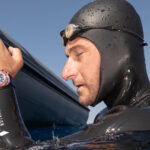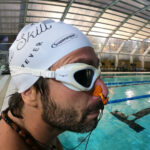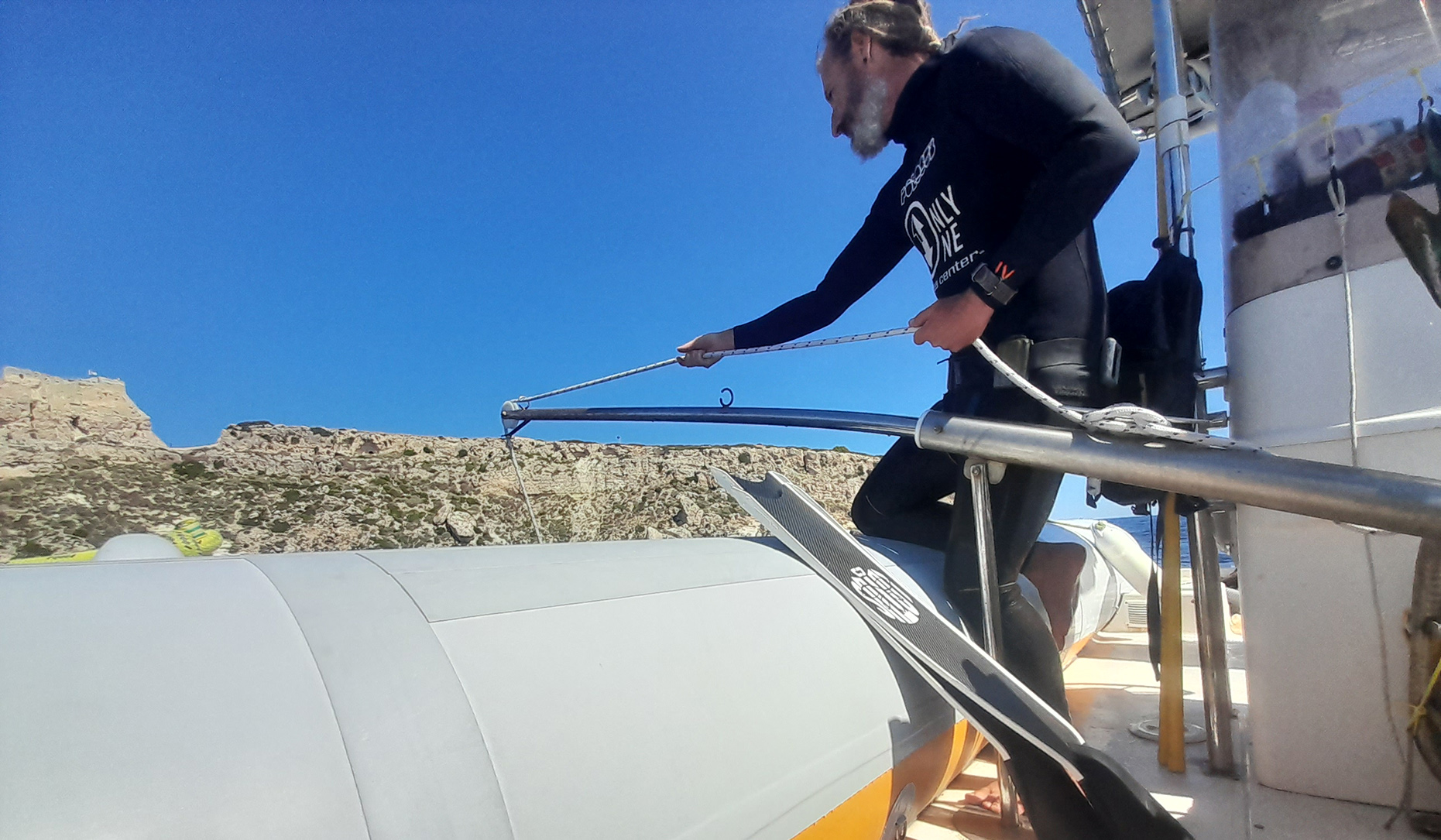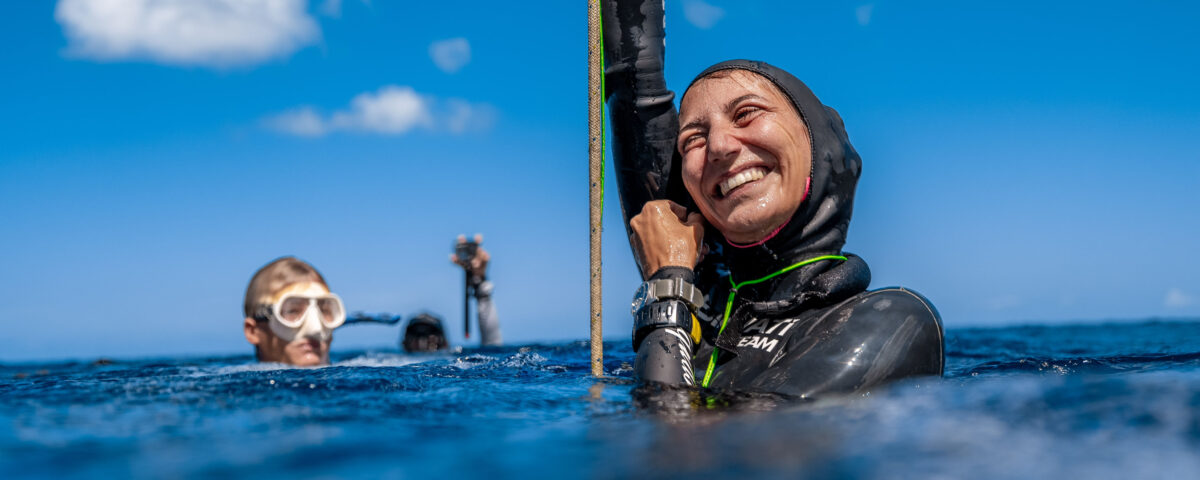The Micro Equipment: The Computer

The Micro Equipment: Goggles and Nose Clip
10 October 2024
Cetma Composites: the Double C nose clipper
15 October 2024In this third and final episode, I will talk about a piece of equipment that has become very popular in recent years because it allows you to record and monitor important data during dives, such as the duration and maximum depth reached
Marco Nones
There are many models on the market with more or less advanced features. I don't want to focus here on brands or specific details, but rather illustrate some technical uses that could help you during training.
Let's start by saying that the computer should not be looked at during the dive but rather used as a "black box" to record the parameters we want to analyze later, after reaching the surface. For this reason, I recommend choosing a model that provides quick access to certain data or, even better, automatically displays this data on the main screen, so you don't have to waste time navigating through various menus to find it. The data I consider important and personally want to see automatically are three: dive duration, maximum depth, and surface time.
The ability to set depth alarms (preferably more than one) is a crucial and very important feature for various reasons. The most intuitive is to "alert" us when we reach the set depth. For example, it can be useful when training with more experienced freedivers and using a descent line deeper than our usual depths, to avoid accidentally venturing into depths beyond our level. However, the real utility of alarms lies in something else: reminding us to perform certain actions at specific depths!
Without delving into details that we will examine more closely in other articles related to compensation strategy, you should know that there is a close relationship between certain compensatory actions (I'm referring especially to air shifts/loads) and the outcome of our performance. Therefore, it will be very useful, for standardizing the correct procedures, to set alarms that tell us "when" to perform these shifts based on the dive we want to execute. In certain circumstances, we might also use a depth alarm to tell us when to stop kicking and start the "free fall," sparing us from having to actively think about this detail.
Another widespread use is to set an alarm a few meters before the plate to "prepare" for the operations to be performed (detaching the tag, turning, and so on), especially during long "free falls," typical of deep dives. We might need a "wake-up call" to avoid crashing suddenly into the plate and being caught off guard.
To optimize its use in situations where precision of actions is essential, I always advise all my students and athletes to place the computer close to the head, to avoid missing a particular alarm. I am aware of three possible positions: inside the hood (maximum hydrodynamics), on the collar (if present, easy immediate reading), or, especially in recreational settings, on the mask strap... in these positions, it will be almost impossible not to hear the set alarms.
As you have probably understood by now, alarms should be used to lighten the "workload" on our brain so it can focus on the correct technical gestures and therefore pay more attention to them during the delicate phases of our dives. Essentially, by using them correctly, we will learn to react to them automatically... try it to believe it!



